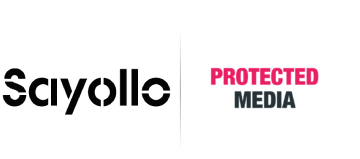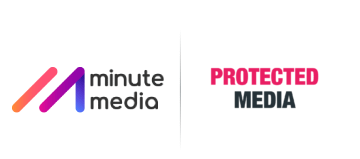With Google’s Chrome expected to make a major ad blocking announcement this week, Asaf Greiner, CEO and Co-founder, Protected Media looks at ad blockers and what it takes for both sides – Publishers and Advertisers to win this war on ads, while also protecting the consumer.
Ad blocking is becoming status quo.
Why? Well, although viewers understand that advertising is the currency we must pay for a free internet, they are fed up with cars racing across their screen, and videos announcing themselves and popping up again as they scroll down the page.
Many publishers have introduced more aggressive ads to get viewer’s attention as a result of banner blindness and fraud diluting the value of advertising. In addition, since viewability is used to measure interaction, some publishers are making ads stick longer on the page.
Pagefair reports there has been 30% year-over-year growth in use of ad blockers worldwide. According to e-Marketer more than one-quarter (27.5%) of US internet users will use ad blockers this year. Ovum predicts that $35 billion in ad revenue will lost by 2020 because of ad blocking.
But instead of listening to viewer’s demands for a better user experience, publishers are putting up a fight and punishing viewers for using ad blockers, which can make the situation even worse as the ad blocking war escalates.
New Weapons in the Publishers’ Arsenal
More and more websites are asking (or sometimes requiring) visitors to turn off ad blockers before allowing them to view the site’s contents.
Business Insider, completely blocks content unless the users turn off their blocker or join the website’s subscription-based service for a discounted trial. Last August, a selection of desktop readers of FT.com who downloaded ad blocking software received an article missing a third of its words. The Guardian currently asks for donations from viewers with ad blockers after reminding them that creating quality content costs money.
Some publishers voluntarily limit the amount of ads on their site as a compromise to appease viewers with ad blockers. Forbes prevents users with ad blockers from viewing content, but then rewards them after they disable their blocker with one month of “lite” advertising. This fact demonstrates that publishers are well aware of the type of advertising that viewers want to see. WIRED blocks content entirely or offers the viewers the ability to pay a small fee each month to get ad-free access.
But publishers that are focusing on how to stop the blockers are missing the whole point. If there was more sensitivity to viewers’ preferences, and viewing experience, there would be no ad blockers in the first place.
Publishers can ensure a quality experience by focusing on native advertising, where ads are designed to blend in with publisher content, using frequency capping to stop an from repeating itself, and avoiding over aggressive ad formats. In addition understanding the Millennials distrust in advertising can be reflected in the ad content by creating an “anti-ad”. There can be nothing more effective than an ad that makes fun of itself.
Based on survey results and the different types of blocking options, viewers are happy to pay for the content they crave as ads are somewhat relevant, clever, and aren’t repeated ad nauseam.
Viewers will pay for Kinder Gentler advertising
According to a survey of ReviveAds, 81.7% of users would agree to disable their ad blocker under some set of conditions; for example, if as “annoying ads” weren’t shown and if ads were relevant to the content.
Only 16.9% said they’d never disable their ad blocker. That’s promising and it shows clearly that there’s a path forwards. Engaging with readers, and understanding their concerns can pay off.
Many ad blockers provide a back door so that viewers can see acceptable ads to fund publishers. The Brave browser lets you set a budget to support online publishers with the ability to pay a percentage to each of your favorite sites.
The Chrome ad blocker, doesn’t block all ads, but instead removes ads that are considered intrusive by the Coalition for Better Ads; for example, full page ads, and ads with auto playing sound and video. Stands transmits your format choices to websites in real time so that the ads you see match your viewing preferences.
If viewers are willing to see certain types of ads, then why can’t publishers’ comply? The answer is simple. Publishers have their own self-interest so it’s difficult for them to voluntarily give up revenue opportunities to be more polite to their viewers.
The challenge is creating an ecosystem where enough publishers ban aggressive ads so that users can abandon their ad blockers.
Perhaps if publishers can use tools to verify that they protect the user experience, viewers can trust them and disable their blockers. Eventually we will find the right balance between monetizing and providing pleasant viewing so that the dilemma of “block” or “not block” can fade into the background, and publishers can monetize their inventory with fewer power struggles.
We all know that no one gets a free ride, but people will only view ads that they feel takes their preferences into account. The future of digital advertising may be determined by publishers’ ability to adhere to standards of good taste, with users having confidence that their quality of experience won’t be compromised.
by Asaf Greiner
CEO and Co-founder
Protected Media




